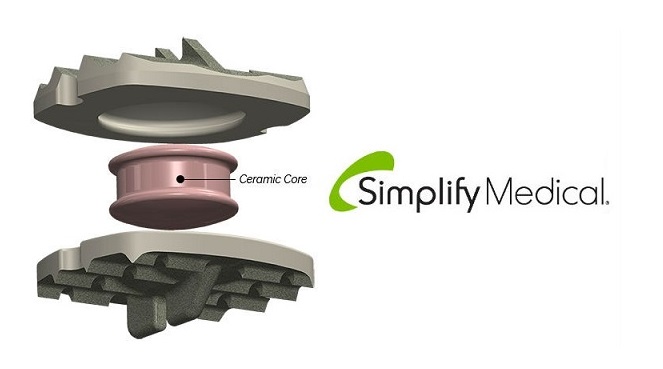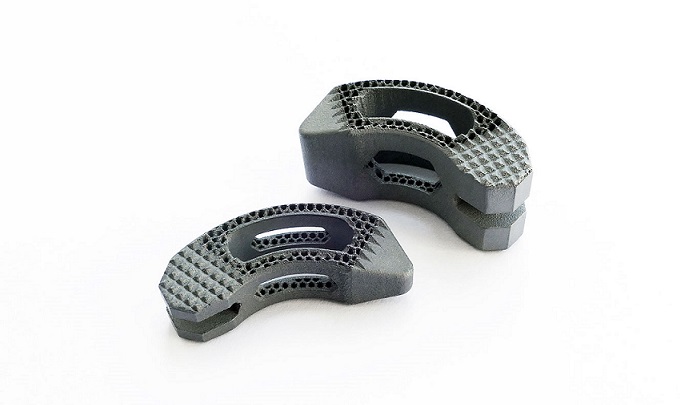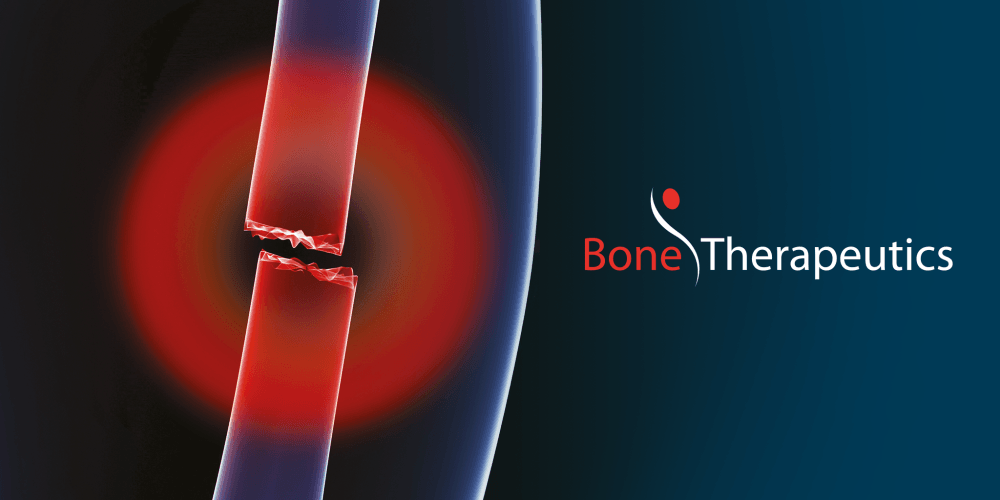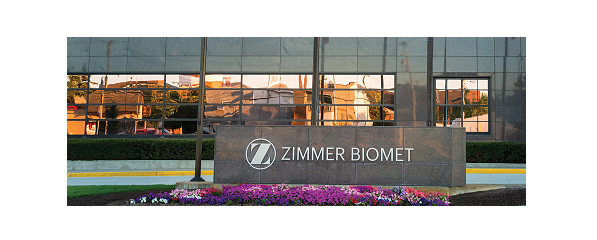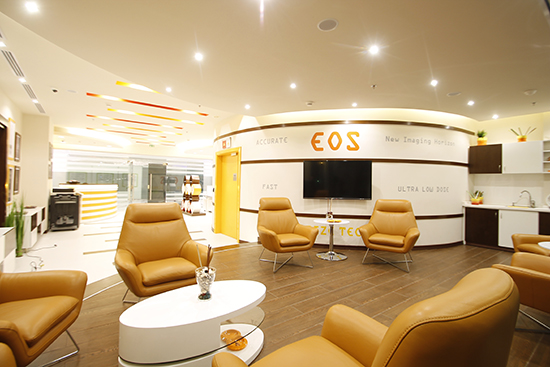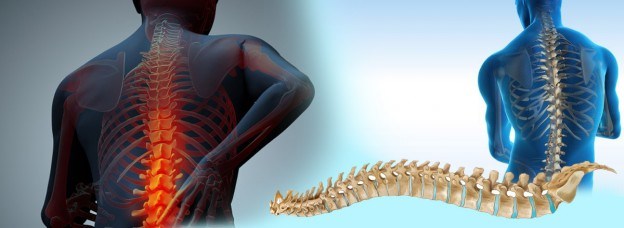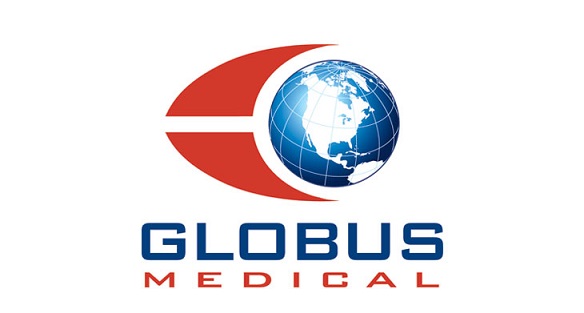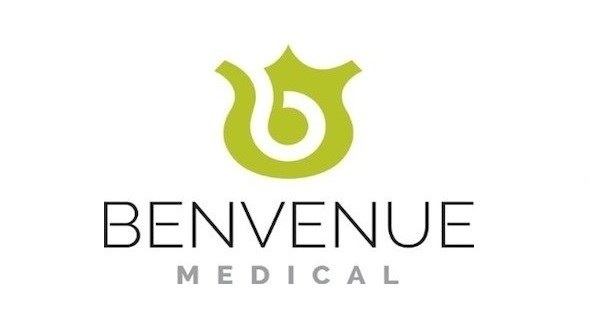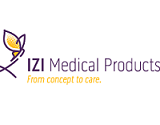Gosselies, Belgium, 14 September 2018, 7 am CEST – BONE THERAPEUTICS (Euronext Brussels and Paris: BOTHE), the bone cell therapy company addressing high unmet medical needs in orthopaedics and bone diseases, today announces positive final results in the Phase I/IIA delayed-union study of its allogeneic bone cell therapy product ALLOB in 21 patients, supporting the future clinical development of the delayed union indication.
The Company also announces the development of an optimized production process for ALLOB, which the Company believes delivers critical improvements in consistency, scalability, cost-effectiveness and ease of use. In order to streamline the progress of ALLOB through late stage clinical trials and towards commercialization, Bone Therapeutics intends to implement this optimized manufacturing process for all future clinical development programmes, including the Phase IIB trial of ALLOB in delayed union fractures.
Trial results
The Phase I/IIA study was a six-month open-label trial to evaluate the safety and efficacy of ALLOB in the treatment of delayed-union fractures of long bones. The study evaluated 21 patients, who each had a fracture that had failed to consolidate after a minimum of three and a maximum of seven months. Each patient received a single percutaneous administration of ALLOB directly into the fracture site and completed a six-month follow-up. Fracture healing of ALLOB-treated patients was assessed using both radiological evaluation (based on CT-scan) and clinical evaluation (e.g. health status and pain).
At six months post administration, 100% of the patients met the primary endpoint, defined as an increase of at least two points on the radiological Tomographic Union Score (TUS) or an improvement of at least 25% of the clinical Global Disease Evaluation (GDE) score vs. baseline.
From a radiological perspective, the patients improved by on average 3.84 points on the TUS score (statistically significant), almost twice the required increase of two points. This minimum two-point increase was achieved by 16 out of 21 patients (76%).
From a clinical perspective, the health status of patients, as measured by the GDE score, improved statistically significantly by on average 48%. The minimum 25% improvement was achieved by 16 out of 21 patients (76%). Pain at the fracture site, an important secondary endpoint, was statistically significantly reduced by on average 61%.
Overall, ALLOB was shown to be well-tolerated and the safety profile was consistent with the interim analysis reported on 20 September 2017. As previously described in the literature covering clinical studies with allogeneic mesenchymal stem cells or their derivatives, it was observed that blood samples of about half of the patients contained donor-specific antibodies, either pre-existing or developed after administration.
Manufacturing update
With its core focus on its off-the-shelf, allogeneic cell therapy platform, Bone Therapeutics has been optimizing its ALLOB manufacturing process in order to improve consistency, scalability, cost effectiveness and ease of use, which are critical for development and commercialisation in cell therapy.
The Company has successfully developed an optimized process that it believes will satisfy these objectives. The optimized production process significantly increases the production yield, generating tens of thousands of doses of ALLOB per bone marrow donation. Additionally, the final ALLOB product will be cryopreserved, enabling easy shipment and the capability to be stored in a frozen form at the hospital level, making it readily available for patients in need. The process will therefore substantially reduce overall production costs, simplify supply chain logistics, improve patient accessibility and facilitate global commercialisation to large patient populations more affordably.
Bone Therapeutics believes the optimized manufacturing process is vital to the future commercial success of ALLOB. In order to avoid process changes in later phases of development, improve cost effectiveness and streamline ALLOB’s route to market, the Company will implement the optimized production process for all future clinical trials with ALLOB, including the planned Phase IIB delayed-union trial.
The Company’s immediate focus is on submitting a new clinical trial application (CTA) with the regulatory authorities to allow the start of a Phase IIB trial in delayed union, utilising the optimized production process. Bone Therapeutics is currently generating the non-clinical data required for the application and expects to submit the CTA for a multi-centre, randomized, controlled study in H2 2019.
Thomas Lienard, Chief Executive Officer of Bone Therapeutics, commented: “The continued positive clinical development progress with ALLOB, highlighted by these results today, paves the way for the next stage of development.”
“In cell therapy, a robust and consistent manufacturing process is critical to successful commercialisation. We are strongly encouraged by the progress we have made in optimising our manufacturing process, delivering a significant improvement which we believe safeguards the quality, consistency and cost-effectiveness of our allogeneic product and will support our future commercialisation strategy.”
“Whilst progressing this unique allogeneic bone cell therapy product to market as quickly as possible remains our top priority, we want to take this opportunity to align our clinical development as closely as possible with our future commercialization strategy. We believe the positive clinical data reported so far for ALLOB and the optimization of our manufacturing process put us in the right position to move forward with the clinical development of our allogeneic platform and achieve a competitive product profile.”
Key opinion leader event
The Company will host a Key Opinion Leader Event in Paris today at 12.30pm CEST. Presentations will be given by Prof. Dr. Frédéric Dubrana, Orthopaedic Surgeon at the University Hospital of Brest and Professor at the University of Western Brittany, alongside Thomas Lienard, Chief Executive Officer. The event in Paris will be held in French with an English language webcast of the same presentations at 3.30pm CEST. For more information please contact investorrelations@bonetherapeutics.com.
Webcast
To access the webcast, please go to the webcast link below. To participate in the Q&A, dial one of the appropriate numbers below quoting the confirmation code:
Belgium: +32 (0)2 404 0659
France: +33 (0)1 76 77 22 74
United Kingdom: +44 (0)330 336 9105
United States: +1 929-477-0324
Confirmation Code: 4247192
Webcast link: https://edge.media-server.com/m6/p/8ya7dmns
About Bone Therapeutics
Bone Therapeutics is a leading cell therapy company addressing high unmet needs in orthopaedics and bone diseases. Based in Gosselies, Belgium, the Company has a broad, diversified portfolio of bone cell therapy products in clinical development across a number of disease areas targeting markets with large unmet medical needs and limited innovation.
Bone Therapeutics’ technology is based on a unique, proprietary approach to bone regeneration, which turns undifferentiated stem cells into bone-forming cells. These cells can be administered via a minimally invasive procedure, avoiding the need for invasive surgery.
The Company’s primary clinical focus is ALLOB, an allogeneic “off-the-shelf” cell therapy product derived from stem cells of healthy donors, which is in Phase II studies for the treatment of delayed-union fractures and spinal fusion. The Company also has an autologous bone cell therapy product, PREOB, obtained from patient’s own bone marrow and currently in Phase III development for osteonecrosis of the hip.
Bone Therapeutics’ cell therapy products are manufactured to the highest GMP standards and are protected by a rich IP estate covering nine patent families. Further information is available at: www.bonetherapeutics.com.
Contacts
Bone Therapeutics SA
Thomas Lienard, Chief Executive Officer
Jean-Luc Vandebroek, Chief Financial Officer
Tel: +32 (0) 71 12 10 00
investorrelations@bonetherapeutics.com
For Belgium and International Media Enquiries:
Consilium Strategic Communications
Amber Fennell, Jessica Hodgson, Hendrik Thys and Lindsey Neville
Tel: +44 (0) 20 3709 5701
bonetherapeutics@consilium-comms.com
For French Media and Investor Enquiries:
NewCap Investor Relations & Financial Communications
Pierre Laurent, Louis-Victor Delouvrier and Nicolas Merigeau
Tel: + 33 (0)1 44 71 94 94
bone@newcap.eu
For US Media and Investor Enquiries
Westwicke Partners
John Woolford
Tel: + 1 443 213 0506
john.woolford@westwicke.com
Certain statements, beliefs and opinions in this press release are forward-looking, which reflect the Company or, as appropriate, the Company directors` current expectations and projections about future events. By their nature, forward-looking statements involve a number of risks, uncertainties and assumptions that could cause actual results or events to differ materially from those expressed or implied by the forward-looking statements. These risks, uncertainties and assumptions could adversely affect the outcome and financial effects of the plans and events described herein. A multitude of factors including, but not limited to, changes in demand, competition and technology, can cause actual events, performance or results to differ significantly from any anticipated development. Forward looking statements contained in this press release regarding past trends or activities should not be taken as a representation that such trends or activities will continue in the future. As a result, the Company expressly disclaims any obligation or undertaking to release any update or revisions to any forward-looking statements in this press release as a result of any change in expectations or any change in events, conditions, assumptions or circumstances on which these forward-looking statements are based. Neither the Company nor its advisers or representatives nor any of its subsidiary undertakings or any such person`s officers or employees guarantees that the assumptions underlying such forward-looking statements are free from errors nor does either accept any responsibility for the future accuracy of the forward-looking statements contained in this press release or the actual occurrence of the forecasted developments. You should not place undue reliance on forward-looking statements, which speak only as of the date of this press release.
